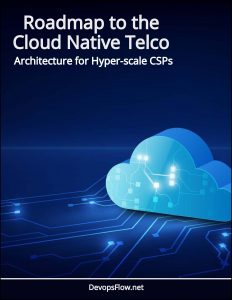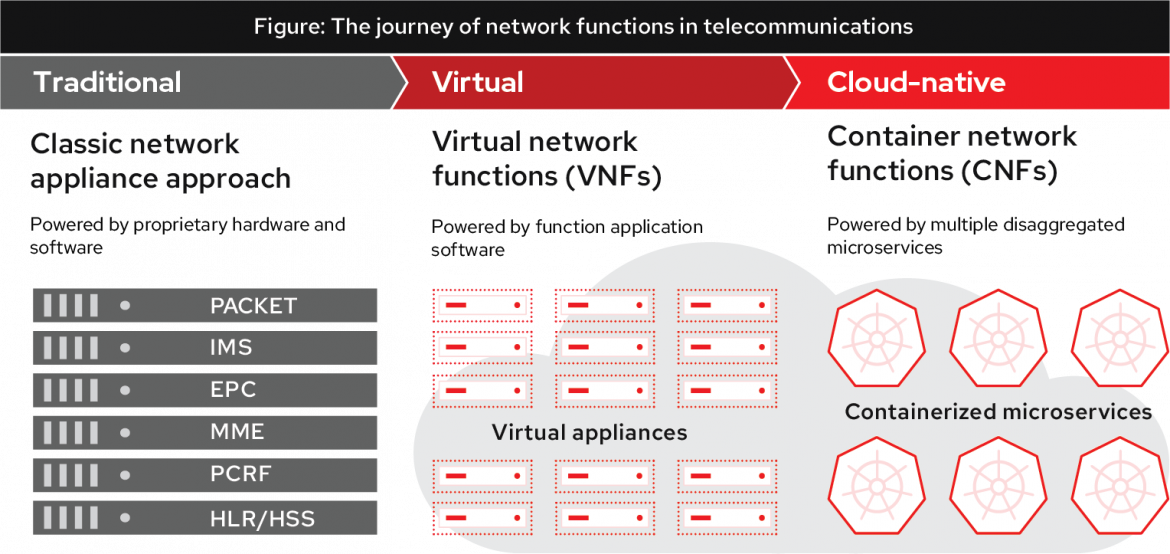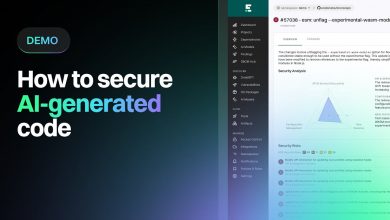Anatonomy of the Cloud Native Telco: The Evolution of Network Functions from VNF to CNF
The headline journey for the Cloud Native Telco is the evolution from VNF (Virtual Network Function) to CNF (Cloud Native Network Function).
 The headline journey for the Cloud Native Telco is the evolution from VNF (Virtual Network Function) to CNF (Cloud Native Network Function).
The headline journey for the Cloud Native Telco is the evolution from VNF (Virtual Network Function) to CNF (Cloud Native Network Function).
In a TelecomTV interview a panel of industry experts from BT, Verizon and Orange explore the challenges and progress of this journey.
They identify key industry trends such as vendors offering ‘Cloud Ready’ solutions, the bundling of various pre-integrated network functions, to which they respond by saying their preference is for common services that are deployable to their Telco cloud, rather than vertically integrated vendor solutions.
CNFs
At 12m:55s Guy takes a step back to clarify what exactly are CNFs, as the terms Cloud Native Functions, Cloud Network Functions and Containerized Network Functions are often used.
CNFs are applications that implement or facilitate network functionality in a cloud native way.
As Redhat describes CNFs represent the evolution of virtualized network functions from Virtual Machines to containerized applications, making it possible to manage how and where the functions run across clusters in the environment. The CNCF operates a certification program.

CSPs and other telecom organizations are migrating away from traditional Virtual Network Functions (VNFs) and Physical Network Functions (PNFs) toward CNFs and Kubernetes-based infrastructures that provide service reliability while lowering capital and operating expenses and encouraging cross-cloud compatibility.
Kubernetes
Kubernetes is key to the implementation of CNFs. In this blueprint Redhat offers a guide for a scalable 5G architecture where a 5G CNF is deployed.
Telcos are prioritizing Kubernetes for containerizing and managing these network functions, tailoring it for their industry and adopting it for key use cases such as an Edge platform.
As The New Stack reports Kubernetes is the breakthrough technology that is helping in the roadmap of transition to the containerized application workloads from the legacy virtualized layer that has infrastructure overheads and still requires more investments to host the applications.
In the distributed cloud environment, Kubernetes provides a single policy-driven standard platform to manage CNFs and VNFs deployed in different cloud environments. That further helps in having a centralized management layer to manage the telco cloud.
Microservices Architecture
However, CNFs are more than just the containerization of network functions. To get the full benefit of cloud-native principles beyond container packaging requires further rearchitecting of network function software, like decomposing it into microservices.
The next step in this evolution is to decompose monolithic applications into modular microservice components. Telecom Review describes how Nexign has enabled Megafon to build a ‘microservices factory‘ that underpins their strategy to act as a digital ecosystem platform.
For example Amdocs are applying the microservices architecture to the OSS/BSS layer, creating Microservices360 (MS360), an end-to-end carrier-grade accelerated microservices development platform for its own new generation of products, with a full SDK for cloud-native code development and deployment, that leverages the Red Hat OpenShift container platform deployable solution architecture to optimally run on carrier-grade Intel computing and storage technology.
Modernizing OSS/BSS
As STL describes Microservices for Telco BSS/OSS are the next big thing as they allow separating any application or functioning into a bundle of independent functions running in separate docker containers. Redhat defines a roadmap for modernizing legacy OSS for the Cloud Native OSS era.
The key benefit of running various components of BSS in the telecom domain and networks as microservices is that it can be launched, stopped, or restarted independently, meaning managing updates and scaling them each in virtual network function seamlessly without stopping the entire system.
OSS and BSS functions will be instantiated as containerized microservices interconnected via a service mesh, guided by business policies and governance rules, and ultimately overseen by people. This architecture will eliminate silos and provide the underpinnings for continuous integration and continuous development (CI/CD).
Other vendors like Accolite and Intraway are also fully embracing the trend. Accolite describes the benefits of their Cloud Native OSS architecture and Intraway are offering a SaaS-based OSS/BSS built on Cloud Native principles including ‘ChatOps’ features.
PaaS – Platform as a Service
A key feature of the enterprise DevOps world is the use of the ‘PaaS‘ model (Platform as a Service), so that developers are empowered with a pre-defined set of low level component parts they can build on rather than reinventing the wheel.
The XGVela project is an open source PaaS for Cloud Native telecomms, and Sagar Nangare explores how this might be replicated to the Telco world, including how it can accelerate 5G rollout.
With XGVela, a PaaS platform with telco features can be used to accelerate the design, development and innovation of telco related services. XGVela can provide a reference design of telco-PaaS and accelerate cloud native transformation for telecommunication industry. Keynote adopters include China Mobile.
Conclusion
Analysys Mason writes the cloud-native 5G network therefore becomes a ‘super-application’ in which all of its software components – including cloud-native network functions (CNFs), cloud-native operational capabilities and associated cloud-native IT services – can be orchestrated together as a single entity to deliver 5G networking functionality.
This 5G network super-application will run on elastic, cloud-native infrastructure that will be ubiquitously deployed across central, regional, metro and far edge locations.



